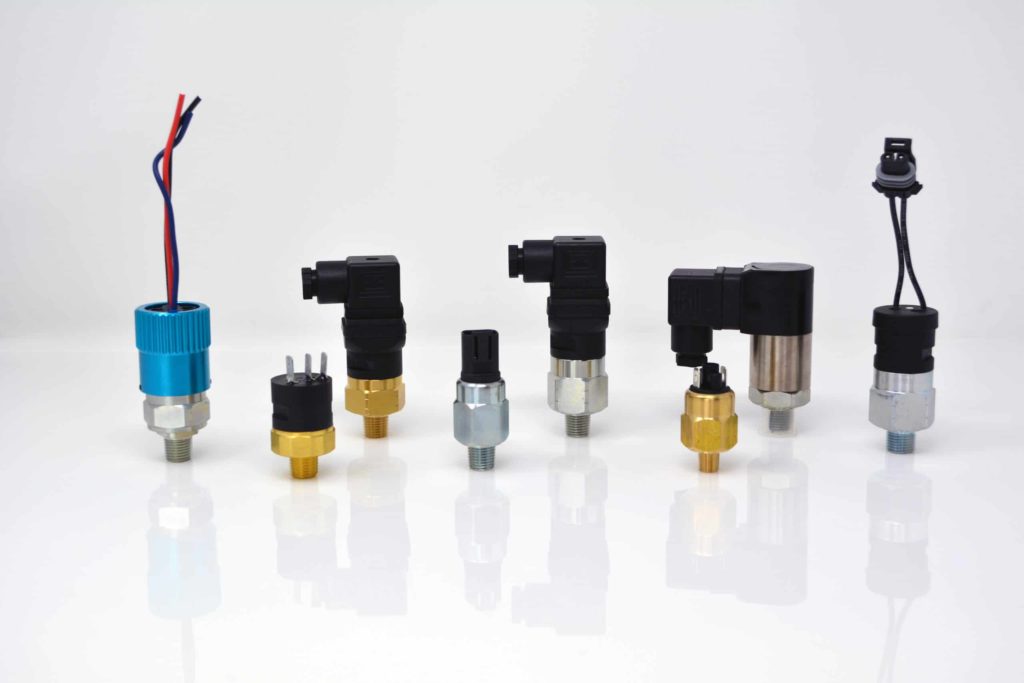The pressure switch functions as a mechanism that activates an electrical contact once a predetermined fluid pressure level has been attained. The tridelta pressure switch has a crucial function in maintaining pressure within an acceptable range, thereby contributing to the efficient operation and protecting it from potential damage. Thus, to choose the quality switches, one must have in-depth knowledge about the pressure switch. Hence, this article is going to offer detailed information about pressure switches and their types.
What is a Pressure Switch?
A pressure switch, like a tridelta pressure switch, is a device designed to activate an electrical contact when a predetermined fluid pressure is achieved. This switch establishes an electrical connection when the pressure either rises or falls from a specific preset pressure threshold. Moreover, pressure switches find applications across a broad spectrum of industrial and residential uses, including HVAC systems, well pumps, and furnaces, among others.
For instance, an air pressure switch serves the purpose of maintaining a consistent pressure level. It has the capability to shut off the compressor once the air tank attains the required pressure level. Conversely, if the air pressure decreases and additional force is needed, the switch can also activate the compressor.
Different Kinds of Pressure Switches
The significance of pressure monitoring has never been more pronounced. It is crucial to provide the correct pressure to machinery for optimal performance, as delivering pressures higher than necessary only results in unnecessary expenses. Two primary categories of pressure switches exist: mechanical pressure switches and electronic pressure switches.
- Mechanical Pressure Switches
Employing a spring along with a diaphragm or piston, a mechanical pressure switch governs the precise pressure point at which the micro-switch is activated. The spring functions as a counterforce against the inlet pressure, and its level of pretension can be finely tuned using a set screw or knob. The degree of pretentiousness in the spring is directly tied to the pressure threshold that triggers the electrical connection within the switch.
When pressure diminishes, the switch reverts to its initial configuration. Mechanical pressure switches are better equipped to handle higher voltages and currents compared to their electronic counterparts. These switches can be utilized for adjusting pressure levels, either increasing or decreasing them, by modifying the contact mechanism.
- Electronic Pressure Switch
Electronic pressure switches are equipped with a pressure transducer, typically utilizing a strain gauge, along with supplementary electronic components responsible for translating these signals into a readable output. These pressure switches offer a multitude of advantages when compared to their mechanical counterparts. These benefits encompass heightened precision, reduced wear and tear on contacts, exceptional long-term stability, straightforward usability, and the capability to execute numerous switching cycles.
Certain electronic pressure switches possess analog capabilities, facilitating switching operations and conveying continuous, variable signals reflecting the pressure readings. Further functionalities of electronic pressure switches include the capacity for on-site customization of parameters such as time delay, switching function, setpoint, and hysteresis.
Conclusion
A pressure switch finds utility in a diverse array of domestic and commercial applications. These include water pumps, thermostats, boilers, electric heaters, and more. It is crucial to emphasize that the choice of the best quality pressure switch, like a tridelta pressure switch, should consistently be influenced by various factors inherent to the application, encompassing parameters such as operating temperature, pressure type, pressure range, and chemical characteristics of the process fluid.

